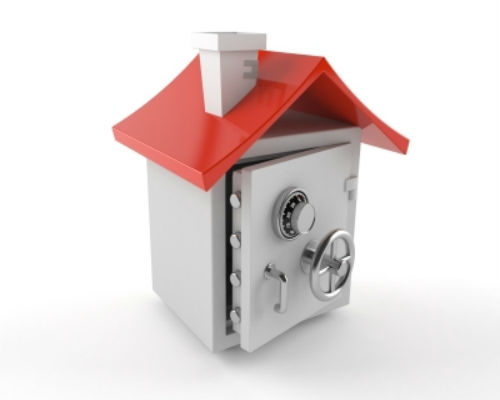
Timing is significant in financial planning especially when you are looking to earn a profit as you need to know when to take advantage of the increase in value. However, it’s equally important to be careful to avoid paying a huge amount as tax. Amit learned his lesson when he sold his house in Delhi in 2012 within 2 years of purchasing it. According to him the property was raking him 60% profits, an offer he could not resist. However, he wasn’t aware of the tax implications of his rushed decision. Not only he had to pay a considerable amount of tax on the profit, but also had to let go of the tax exemptions he was availing on his home loan.
If you sell your house within three years of purchase, the tax benefits you are enjoying on your home loan get reversed and are included in your income when you file your income return. After presenting its compassionate side, the Income Tax Act eyes all properties owned by you for taxation. This includes property from which you are earning i.e. let out property as well as any other property which it is vacant and not rented out (known as Deemed to be Let Out Property or DLOP) as the annual value of the property after standard deductions is taxable under Sec 24B under the head income from house property. However, if you own a farm house, it is considered an agriculture income and does not fall under the tax net.
Let Out Property (LOP)
A scenario where an individual enjoys a fixed income from a property in the form of rent, it is known as Let Out Property. The annual value of the property is calculated through the following steps:
- Find out the expected rent from the property by comparing the rents of similar kinds of property in different areas and use whichever is higher.
- Calculate the actual rent received in a year.
- Take the amount which is higher (from steps 1 & 2).
- Calculate the amount lost while the place is vacant in a financial year.
- The difference between 3 & 4 is the annual value of the property, known as the Gross Annual Value (GAV).
- The net annual value of the property can be calculated by subtracting municipal tax from the gross annual value.
Deemed to be Let Out Property (DLOP)
If a taxpayer owns more than one residential property, they can treat only one of those as self occupied while the other(s) will be treated as a ‘deemed to be let out property’, the benefit for which can be claimed under Sec 23(2) on the taxpayer’s choice. The taxpayer is liable to pay tax on these properties after calculating the GAV which is calculated the same way as in case of a Let Out Property. However, the rent calculated will be the standard rent which has been calculated as per the municipal laws. If a taxpayer is a landlord and is paying the municipal taxes for these properties, then both of these will be subtracted to obtain the Net Annual Value. If the taxpayer has four properties, they should preferably consider the property with the highest GAV as self occupied and the rest should be regarded as DLOPs.
Self Occupied Property
A property is considered to be self occupied when an individual uses it for their own living purpose. If they own more than one property, only one can be considered as a self occupied property and the rest are considered to be LOPs or DLOPs. Certain important points to be noted here are:
- A property is not taxable under house property taxes if it is used for commercial purposes.
- The NAV on the property will be zero if the property is occupied throughout the financial year.
- However, if it is occupied for some part of the year and procured income i.e. rent then the LOP will be calculated for the time period it was let out. The annual value will be calculated in the same way as the LOP.
Deductions
A taxpayer can claim the following deductions from the Net Annual Value (NAV) under the section 24(b):
a) Standard Deduction under Section 24(a)
Possession of a residential property leads to high maintenance cost; however, regardless of the fact whether the taxpayer has incurred any expense or not, they can claim a flat exemption of 30% on the NAV of the property. This deduction is applicable only for an LOP or DLOP. In case of a self occupied property, a taxpayer is not eligible to claim any deduction as the NAV of the property is nil.
b) Interest on borrowed capital under Section 24(b)
The interest paid on the home loan capital by a taxpayer is exempted under section 24(b) regardless of the fact whether the property is self occupied or not.
It’s, therefore, important to understand the taxes applicable on house property and work out an arrangement that is both beneficial and convenient for a taxpayer.